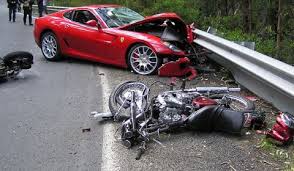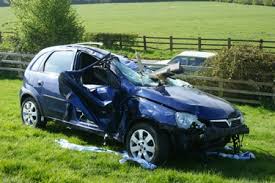Understanding California DUI Laws: Penalties, Defenses, and Your Rights
A DUI charge in California can be a life-altering event, carrying significant penalties and long-term consequences. Whether it’s your first offense or you’ve been down this road before, understanding the laws, your rights, and the potential defenses is crucial. This article provides a comprehensive overview of California DUI laws to help you navigate this complex legal landscape.
What Constitutes a DUI in California?
In California, it is illegal to operate a motor vehicle with a blood alcohol concentration (BAC) of 0.08% or higher. For commercial drivers, the limit is 0.04%, and for drivers under 21, there is a “zero tolerance” policy, meaning any detectable amount of alcohol is illegal. A DUI can also be charged if you are driving under the influence of drugs, whether they are illegal, prescription, or over-the-counter.
The primary law governing DUIs in California is Vehicle Code 23152. This law outlines the various offenses related to driving under the influence and the corresponding penalties. For more detailed information on the specific statutes, you can refer to the official California Vehicle Code.
Penalties for a First-Time DUI Offense
A first-time DUI offense in California is typically charged as a misdemeanor, but the penalties can still be severe. These can include:
- Fines: Base fines range from $390 to $1,000, but with penalty assessments and other fees, the total can easily exceed $3,000.
- License Suspension: The DMV will typically suspend your license for at least four months. You may be eligible for a restricted license that allows you to drive to and from work and any court-ordered programs.
- Jail Time: A first-time DUI can carry a sentence of up to six months in county jail, although this is often served as probation.
- DUI School: You will be required to complete a three-month DUI education program.
- Ignition Interlock Device (IID): In many counties, you will be required to install an IID in your vehicle, which prevents it from starting if it detects alcohol on your breath.
Common Defenses in a DUI Case
Just because you’ve been arrested for a DUI doesn’t mean you will be convicted. There are many potential defenses that an experienced DUI attorney can use to challenge the evidence against you. Some common defenses include:
- Improper Traffic Stop: If the officer did not have a valid reason to pull you over, any evidence obtained during the stop may be suppressed.
- Inaccurate Field Sobriety Tests: FSTs are notoriously unreliable and can be affected by factors such as medical conditions, fatigue, and poor weather.
- Faulty Breathalyzer Test: Breathalyzer machines can be inaccurate if they are not properly calibrated or if the test is administered incorrectly.
- Medical Conditions: Certain medical conditions, such as acid reflux or diabetes, can produce a false positive on a breathalyzer test.
- Rising Blood Alcohol: It’s possible that your BAC was below the legal limit when you were driving, but rose above 0.08% by the time you were tested.
Your Rights During a DUI Arrest
It’s essential to know your rights if you are pulled over for a suspected DUI. These include:
- The Right to Remain Silent: You are not required to answer any questions from the officer, other than providing your name and identifying information.
- The Right to Refuse Field Sobriety Tests: You can politely decline to perform FSTs.
- The Right to an Attorney: You have the right to speak with an attorney before answering any questions.
Navigating a DUI charge in California can be overwhelming, but you don’t have to do it alone. An experienced DUI attorney can help you understand your options, protect your rights, and fight for the best possible outcome in your case. If you are facing a DUI charge, don’t hesitate to seek legal guidance. Your future is too important to risk.



